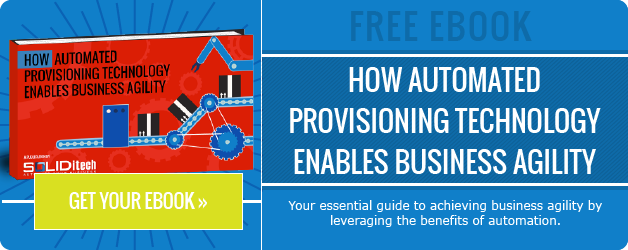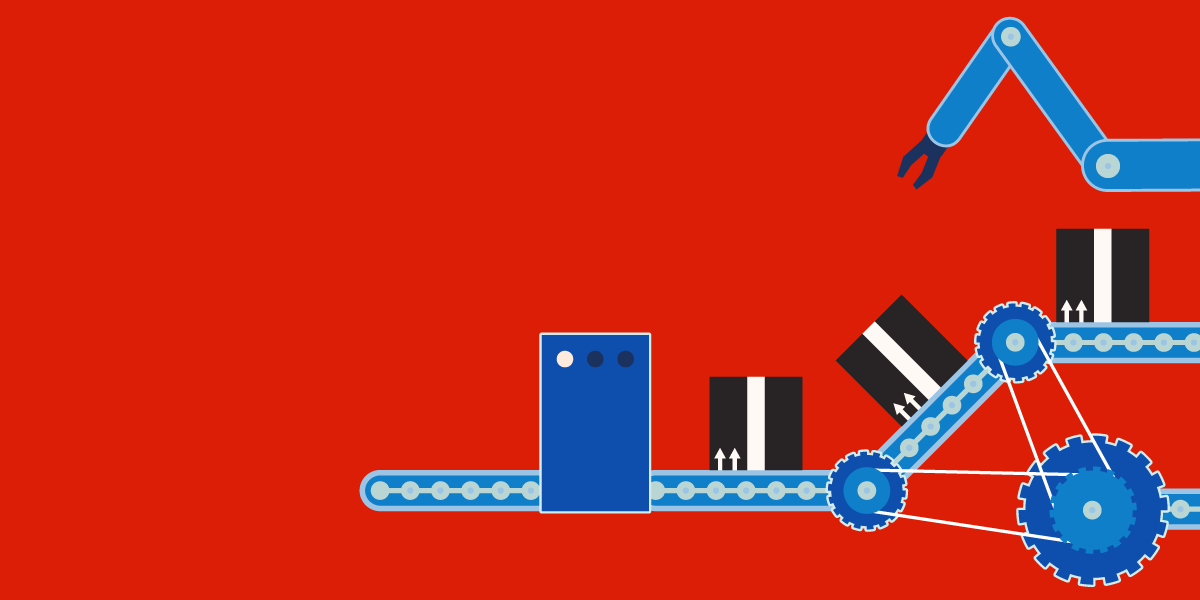As a CIO or COO you’re constantly seeking out simplified systems that give you a competitive edge. Simplification means fewer errors, less expense, better (and quicker) service delivery, stronger controls and more time for you to add value to the business. For ISPs, service provisioning is a core, 24/7 function that occurs at speeds that demand the utmost accuracy and efficiency. In working towards simplification - automated provisioning is key.
In this blog, we’ll identify five signs that your business is relying on the wrong solutions to your service provisioning challenges, and how automated provisioning systems can remove some of those operational headaches.
1. Your workforce is tied up with admin
ISPs receive high volumes of customer interactions on a daily basis. Everyday operations include billing, collections, activations, cancellations and upgrades (and the list goes on…). When basic services are still subject to manual processing, bottlenecks occur. Automated provisioning systems are built to streamline and digitise large amounts of repetitive, paper-driven processes. Amongst other benefits, this reduces time spent on manual tasks and frees up staff to focus on value-adding projects.
2. Overly complicated processes hold up service delivery
Process complexity doesn’t only slow down delivery time to the customer, but also creates an internal backlog. This places additional strain on service agents and engineers who may then allow mistakes to creep into the workflow. And of course, unhappy customers will very quickly look elsewhere for services in the highly competitive ISP market. (Not sure if you’re being as efficient as you could be? Read this)
Legacy systems simply aren’t capable of delivering the same simplified, end-to-end integrated solutions available on the market today.
3. Disconnect between departments results in miscommunication
Lack of business transparency (from sales through to operations) means you’re not getting the full picture. To be able to respond to market changes quickly and flexibly, every department needs to be able to collaborate quickly and easily. But when data, processes and applications are confined to the walls of siloed departments, and information is scarcely shared, performance suffers. Here is a great blog from Forrester Research on business process management and how CIOs can drive the adoption of more agile and resilient business models.
4. Low staff morale equals low performance
Despite expectations, employees today often have personal devices and laptops more powerful than the tools they are given at work. The best and brightest are unlikely to invest their time and talent in companies that seem stuck in old traditions, using antiquated systems and processes. If you’re still publishing job vacancies that list Exchange 5.5 as a must-have skill, it might be time to revise your business software platforms.
5. Lack of process and access controls sets you up for failure
Integrated automated provisioning systems allow businesses to centralise data sources and reduce their reliance on multiple systems. This streamlines internal work processes and allows for more granular control of user access to company data, leaving detailed audit trails of systems and data access.
If your systems are still running in siloes, internal and external provisioning of user and customer resources are subject to delays, bringing more complexity and frustration to system users and customers alike. It also becomes harder to maintain a safe and secure environment for both company and customer data.
Automated provisioning allows your business to perform at peak
Centralising your data and systems and introducing automation to your internal and external processes, enables an agile business. Meaning you’re better positioned to respond to the needs of your customers better and quicker than your competition (and at a reduced cost).
SOLIDitech has been at the forefront of delivering agile, scalable, high-performance automated provisioning, billing, support and operational systems to leading ISPs in South Africa and abroad since 2001. For more information on how automation can help your business perform at peak, download our Executive’s Guide to Automation.








![What is Provisioning? [In less than 100 words]](https://blog.soliditech.com/hubfs/what-is-provisioning---UPDATED.png)
Comment